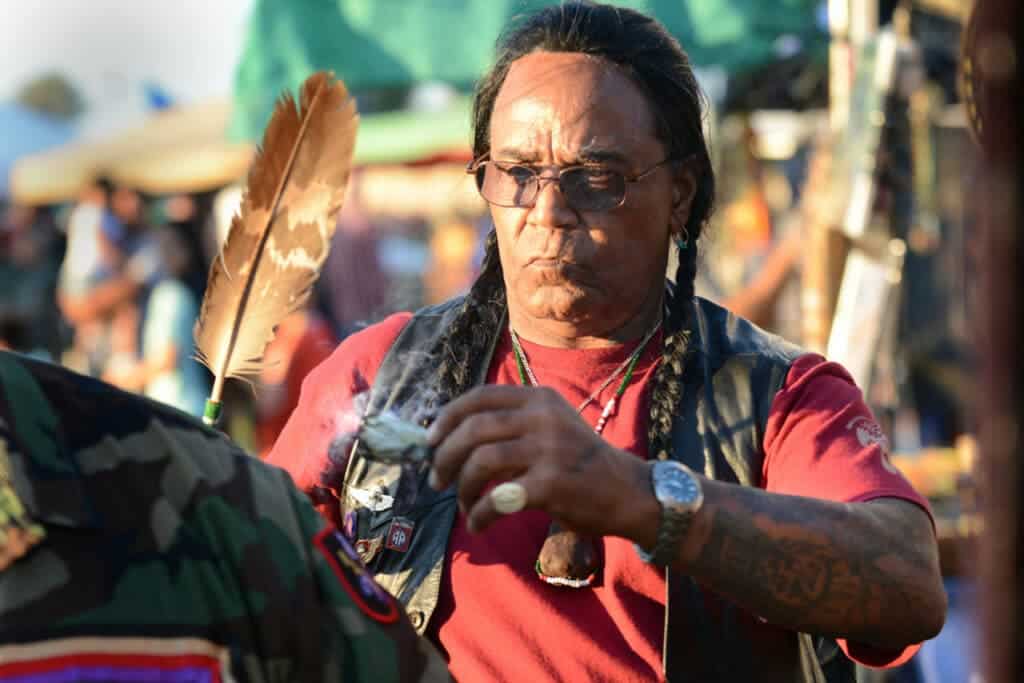
When the pandemic arrived in Indian Country, the perfect storm was already brewing. Faced with overcrowded households and higher rates of diabetes, cancer, heart disease, and asthma, Native Americans are finding themselves much more vulnerable to the coronavirus crisis than the general population of the United States.
The disproportionate impact of the coronavirus crisis on Native Americans
This past weekend has been particularly tough on Native Americans. After a spike of 240 new cases in Navajo Nation on May 14, President Jonathan Nez issued his most drastic order yet, shutting down all businesses for the weekend. This also included “essential” businesses like gas stations and grocery stores, which had to keep their doors shut to customers from 8 p.m. Friday until 5 a.m. Monday.
“The weekend lockdown is to further restrict the movement of individuals on the Nation and to and from border towns. The number of COVID-19 positive cases and the number of fatalities continues to increase because individuals continue to leave their homes, many on weekends to avoid the weekend lockdowns,” Nez said.
As of yesterday, the Navajo Nation Department of Health reported 4,071 positive cases of COVID-19 and 142 confirmed deaths, 15 more fatalities than at the start of the weekend lockdown order.
Most cities and states have struggled to rally resources and manpower to curb the coronavirus pandemic, but some regions are harder hit than others due to their socio-economic strata.
The data doesn’t lie — it shows that minorities are much more affected by the coronavirus than the general population. In New York, black people make up 33% of COVID-19 hospitalizations, despite the fact they comprise just 18% of the state’s population. In Louisiana, 70% of fatalities were among blacks — for a population that’s only about a third black.
Social distancing is against Native American culture
Navajo Nation has a population of under 300,000 people in New Mexico, Arizona, and Utah — less than 5% of these states’ population — but over 20% of the total number of cases in these three states are among Native Americans.
Although overcrowding, a history of multiple underlying chronic diseases, and poverty are a recurring theme among many Native American communities, some are more affected than others.
The Oglala Sioux in South Dakota, for instance, can only count on six ventilators and four beds for a tribe of 50,000.
“We have very limited data right now because of lack of surveillance systems, but we are hearing disproportionate level of severity of health impacts from coronavirus, a higher need for intubation and ICU-level care and more severe stress,” said Laura Hammitt, an associate professor of the Johns Hopkins Bloomberg School of Public Health, which works with the Navajo Nation, told The Washington Post.
One major problem is also cultural in nature. The Native American social fabric is very tight-knit, making physical distancing difficult if not impossible to implement. For many tribes’ members, separating the wise elderly from children is unthinkable and can be downright offensive.
And, as if the health crisis wasn’t enough, Native Americans are also dealing with the brunt of the economic fallout. Many tribal members relied on the gambling industry for income but as the quarantine closed most casinos in Navajo Nation, they are now struggling to make ends meet. More than 640,000 tribal members were employed in gaming operations before the pandemic.
In late March, Congress passed a $10 billion aid for Native Americans as part of the third stimulus package. However, it might take weeks before the checks reach the tribes.






